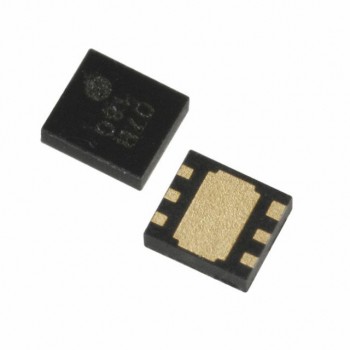RF power amplifier is an important part of various wireless transmitters. In the front-end circuit of the transmitter, the power of the radio frequency signal generated by the modulation oscillation circuit is usually very small, so it needs to be amplified through a series of power amplification stages to obtain sufficient radio frequency power, and then provided to the antenna for radiation. RF power amplifiers play an integral role in wireless communication systems.

The main indicators of RF power amplifier include the following aspects:
Output power and 1dB compression point (P1dB): When the input power exceeds a certain value, the gain of the transistor begins to decrease, causing the output power to saturate. The 1dB compression point represents the point at which the amplifier's output power deviates from a constant or is 1dB below other small-signal gains.
Gain: Operating gain is the primary measure of an amplifier's amplification capability. Gain flatness is the range over which the amplifier gain changes over the entire operating frequency band at a certain temperature.
Operating frequency range: Generally refers to the linear operating frequency range of the amplifier, that is, the frequency range in which the amplifier can operate normally.
Efficiency: The efficiency of the amplifier is very important to the overall system efficiency and is the ratio of the high frequency output power of the amplifier to the DC power supplied to the transistor.
Intermodulation Distortion (IMD): Refers to the mixed component produced by two or more input signals with different frequencies passing through a power amplifier, mainly due to the nonlinear characteristics of the amplifier.
Third-order intermodulation cut-off point (IP3): When the output power is constant, the greater the output power of the third-order intermodulation cut-off point of the amplifier, the better the linearity of the amplifier.
Harmonic distortion: In high-power amplifier systems, high-order harmonics need to be reduced to a certain level through filters.
Dynamic range: The difference between an amplifier's minimum detectable signal and its maximum input power in the linear operating region.
Input-output standing wave ratio: shows the matching degree of the RF amplifier and the overall system, and has an important impact on the gain fluctuation and group delay of the system.
The quality of these indicators will directly affect the performance and stability of the radio frequency power amplifier in the wireless communication system. Therefore, when designing and selecting RF power amplifiers, the above indicators need to be comprehensively considered to meet the requirements of specific applications.

